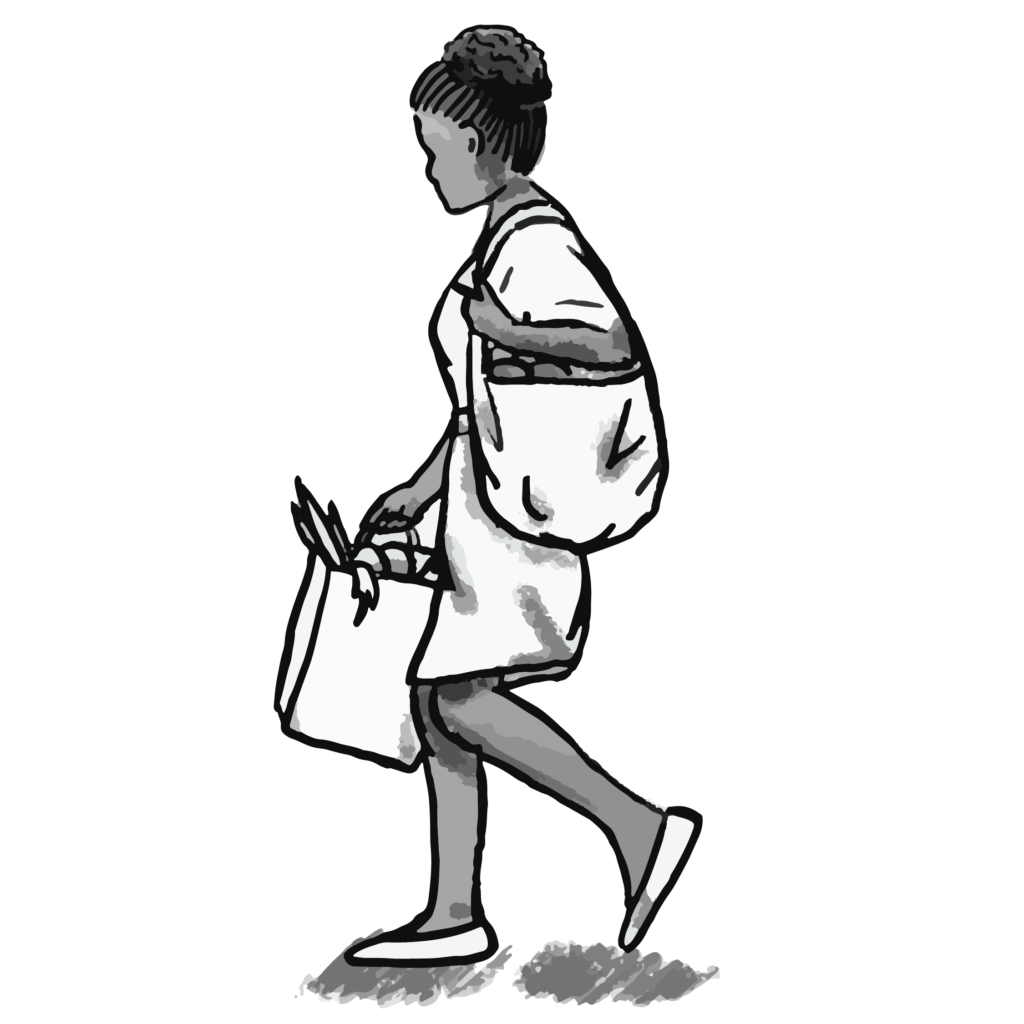
What our kids read matters, especially during Black History Month. We here at Seaside have curated a list of stories that reflect diverse voices and experiences can transport them to new perspectives, erasing cultural boundaries along the way. When kids immerse themselves in books that echo their own lives and those that don’t, they tap into a rich vein of compassion, self-awareness, and appreciation for the magical mélange of cultures that define our human family.
Why Teaching Black History to Children Matters
Children begin noticing racial differences as early as six months old, and by age 4-5, they start forming cultural and racial biases. Introducing diverse literature early helps combat prejudices before they take root and allows all children to see themselves represented in the stories they read. When Black kids open these books, they discover a part of themselves staring back – a living, breathing narrative that celebrates their identity and excellence. By reading about different lives, kids who aren’t Black start to see the world in a whole new way, growing more understanding and caring towards others along the way.
Must-Read Children’s Books for Black History Month and Beyond
“Sulwe” by Lupita Nyong’o
This moving story follows a young girl’s journey to self-love, addressing colorism and beauty standards through magical storytelling. With masterful storytelling, Nyong’o connects kids with the uncertain, squirmy feeling of not being sure they’re good enough – and then shows them how to flip that script.
“Hair Love” by Matthew A. Cherry
Celebrating the special bond between a father and daughter, this heartwarming story normalizes natural hair care and family love. With celebration and pride, it flip-flops the script on biased gender norms, amplifying the beauty and worth of Black hair.
“Don’t Touch My Hair!” by Sharee Miller
This empowering book teaches bodily autonomy and respect through the lens of a young Black girl’s experience with people wanting to touch her hair. Conversations about self-respect and personal limits are kickstarted by this.
“Please, Baby, Please” by Spike Lee & Tonya Lewis Lee
A delightful day-in-the-life story that captures the universal experience of parenting a toddler. Its rhythmic text and relatable scenarios make it engaging for all families while naturally representing Black joy.
“Welcome to the Party” by Gabrielle Union
This joyful celebration of new life and family love showcases the excitement of welcoming a new baby. In Black culture, family and community serve as the pillars that define individual identities.
“Light” by Ruth Forman
In this heartwarming exploration, young readers are gently coaxed into embracing their one-of-a-kind features and silenced self-critics. The result? Unshakeable confidence and a newfound sense of self-love.
“Boxitects” by Kim Smith
This creative story about imagination and friendship encourages STEAM learning while naturally incorporating diversity into its narrative.
Creating an Inclusive Library
When building your child’s library, consider:
- – Making diverse books a regular part of your reading routine, not just during Black History Month
- – Choosing books that celebrate everyday joy and achievements, not just historical struggles
- – Selecting stories that feature different aspects of Black life and experiences
- – Including books by Black authors and illustrators
- – Reading these books year-round, not just in February
- Impact on Child Development
Regular exposure to diverse literature helps children:
- – Develop positive self-image and cultural pride
- – Build empathy and cross-cultural understanding
- – Recognize and appreciate differences
- – Challenge stereotypes and biases
- – Feel seen and valued in their learning environment
- – Develop critical thinking about representation and inclusion
By introducing these books and others like them, we help create a more inclusive, understanding, and equitable world for all children. As we venture into the vibrant world of Black History Month, we ought to ask ourselves: What will I read this month to challenge my own biases, to become a better listener, and to truly “see” the people around me. Raising kids who are empathetic, informed, and inclusive takes more than just a month of stories as it requires a year-round commitment to sparking meaningful conversations that will stay with them for life.
